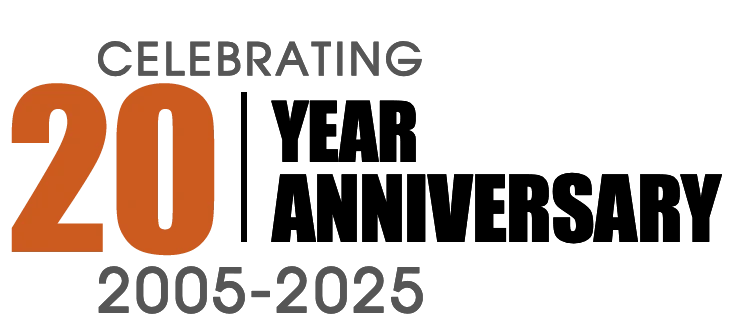Displaying items by tag: Joomla
Error Code Solved: Joomla Admin Section Menu Manager Issue
JOOMLA ERROR SOLVED: Joomla Admin Section Menu Manager Issue.
After performing Akeeba Back ups and jump starting the back up on to a godaddy hosting package I was unable to update or access and menu items in the Joomla Menu Manager of the administration section. This issue also surfaced after performing upgrades form past versions of Joomla to 2.5. Being that my clients website was hosted with Godaddy, I was required to communicate with Godaddy Technical support who conveyed that this is a common issue to which no solution has been achieved. After hours of troubleshooting with no help from GoDaddy Support (whose only advise was to rebuild the site from scratch), I was able to solve this issue!
PDF Viewer for Joomla | Flash Magazine Video Tutorial
This video tutorial demonstrates how to create a PDF that can turn pages. In order to achieve this function we have employed the use a component that was developed by http://www.joomplace.com. The Flash Magazine Deluxe Joomla Component provides an attractive page peeling effect for PDF viewing.
This Joomla! Flash Magazine component helps you to set off your online flash book, magazine or sales catalogue with special flipping pages effect. Users can manually list online magazine pages with the mouse cursor and navigate the content using user-friendly controls. There is a possibility to flip the book's pages in automated mode too.
Content Management Systems | Updating Your Own Website
With the advent of Web Content Management Systems, began an era where a regular person could easily update, edit, publish and modify a web sites content using a web based control panel. This means a person without web design training or expensive software programs could update their website as easy as posting status, text and images on social networking sites such as FaceBook or LinkedIN. A much added bonus is that, those who have developed their sites in a CMS no longer suffer from paying expensive hourly maintenance fees as they manage to keep their site up to date.
Features and function abilities of the various Content Management Systems differ from system to system; many simpler systems showcase only a handful of features, while others are much more complex and powerful. The industry offers “Open Source” (Free & Community Driven) and “Proprietary” (PAID and Custom Developed) systems. Both Open Source and Proprietary Options offer pros and cons. Whereas Open Source options, such as Wordpress and Joomla have proven to be a more cost effective solution for many small business owners. While Proprietary Systems are custom developed resources that are built to achieve special function ability, security features and compatibility to offline systems. However in current times, it is a safe assumption that Proprietary software's role as the primary innovator in the global market is most certainly over. As I often say myself, “Why try to rebuild the wheel, this has been done before”. Being that Open Source solutions are community drivin, the envelope is constantly being pushed!

















